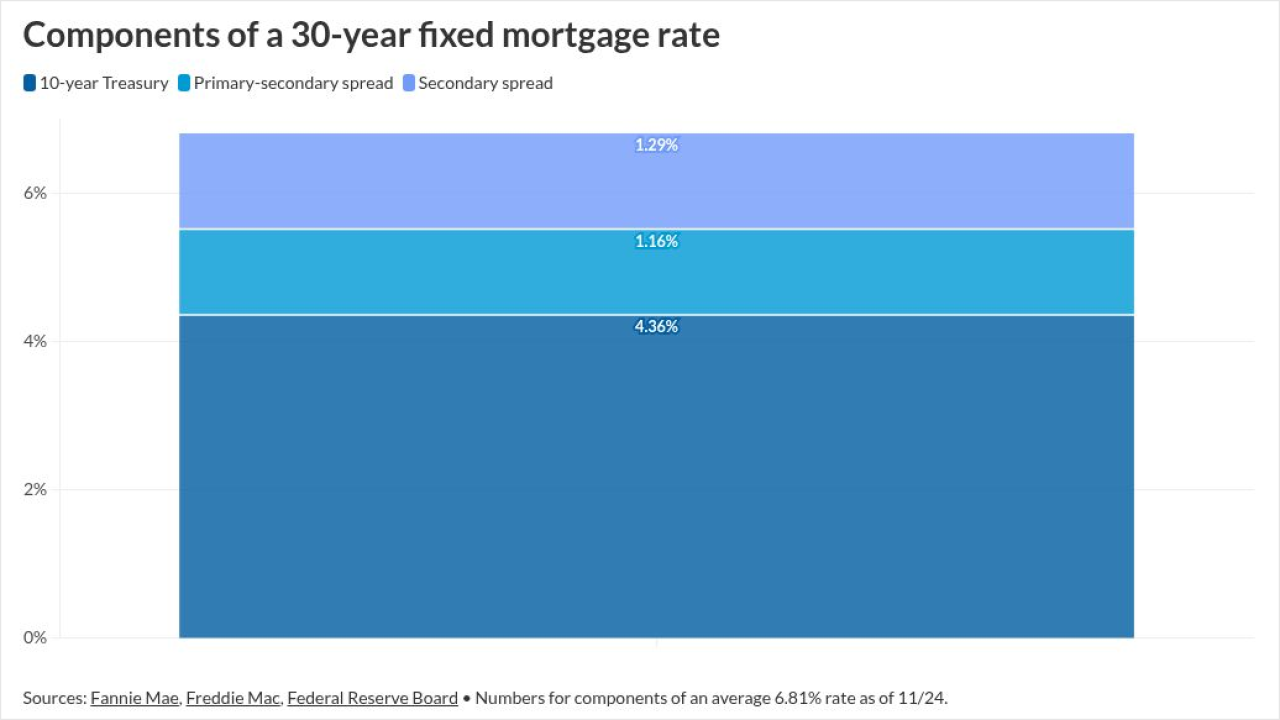Oportun Issuance Trust is preparing to sell $301.1 million in securitized bonds to investors, secured by receivables from a pool of secured and unsecured consumer installment loans to investors.
The deal features much higher initial credit enhancement levels in the A through D tranches. The current deal adds a class E tranche, which provides subordination to the pool, unlike previous Oportun transactions dating back to 2022.
Oportun Issuance Trust, series 2025-A, will issue five tranches of class A, B, C, D and E notes, according to Kroll Bond Rating Agency. All the notes have a legal final maturity date of Feb. 8, 2033.
The class A notes benefit from credit enhancement representing 62.5% of the collateral balance, KBRA said. After that, classes B, C, D and E have initial credit enhancement amounting to 45.1%, 35.2%, 12.8% and 3.3%, respectively, according to KBRA.
The credit enhancement takes the form of overcollateralization, subordination of the junior notes—except for class E—a non-declining cash reserve account and excess spread. Initial, target and base overcollateralization all equal 2.85%, and the reserve account equals 0.50% of the pool balance, KBRA said. Gross excess spread equals 17.3%.
OPTN 2025-A, as the deal is known, has a one-year revolving period when principal payments will not be made to the notes unless required to address a credit enhancement deficiency.
Oportun originates its personal loan products through 129 retail locations, a mobile platform and strategic lending partners. Secured personal loans make up about 6.5% of the collateral pool, with an average loan size of $7,208, a remaining weighted average (WA) term of 39 months, and a WA interest rate of 27.1%. For unsecured loans, the average loan size is $3,758, a WA remaining term of 30 months, and a WA interest rate of 28.12%.
When compared to Oportun Funding Trust 2024-3, the underlying loans in the current deal have a lower WA interest rate, 28.0%, compared with 29.3%. There is also a higher concentration of secured personal loans, as the previous deal had a 3.1% concentration of those products, according to KBRA.
KBRA assigns ratings of AA-, A-, BBB-, BB- and B- to classes A, B, C, D and E, respectively.





